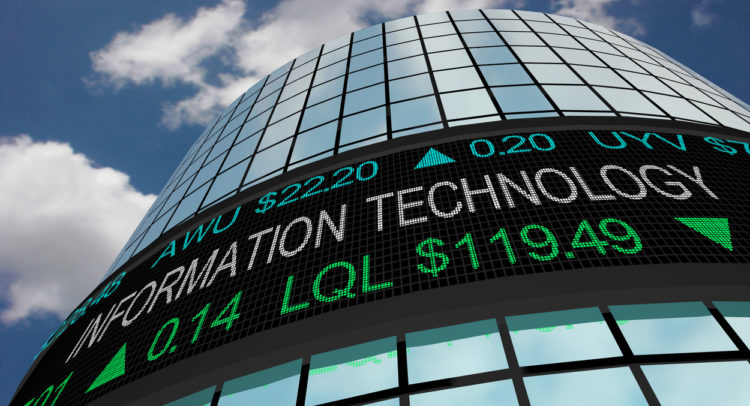Indie Semiconductor, Inc. ( (INDI) ) has released its Q3 earnings. Here is a breakdown of the information Indie Semiconductor, Inc. presented to its investors.
Meet Your ETF AI Analyst
- Discover how TipRanks' ETF AI Analyst can help you make smarter investment decisions
- Explore ETFs TipRanks' users love and see what insights the ETF AI Analyst reveals about the ones you follow.
Indie Semiconductor, Inc., headquartered in Aliso Viejo, California, is a leading innovator in the automotive solutions sector, focusing on developing advanced semiconductors, photonics, and software platforms for next-generation automotive applications. The company is known for its high-performance and energy-efficient technology, particularly in the areas of ADAS, in-cabin user experience, and vehicle electrification.
In its third-quarter 2025 earnings report, Indie Semiconductor announced a revenue of $53.7 million, alongside a significant strategic backlog update to $7.4 billion. The company also highlighted its recent strategic initiatives, including the launch of a Gen8 radar product with a Tier 1 partner and its entry into the humanoid robotics market.
Key financial metrics from the report include a non-GAAP gross margin of 49.6% and a reduction in non-GAAP operating loss to $11.3 million from $16.8 million the previous year. The GAAP operating loss also saw improvement, decreasing from $49.9 million to $38.3 million. Additionally, the company reported a GAAP loss per share of $0.19 and a non-GAAP loss per share of $0.07. Strategic moves such as the launch of DFB laser products for quantum computing and a design win with a North American self-driving OEM were also highlighted.
Looking ahead, Indie Semiconductor projects fourth-quarter revenue between $54 million and $60 million, with a midpoint of $57 million. The company anticipates a non-GAAP gross margin of 46% to 47%, acknowledging potential revenue impacts due to supply chain challenges. The management remains optimistic about its design-win momentum and strategic backlog, which are expected to drive future growth.
















